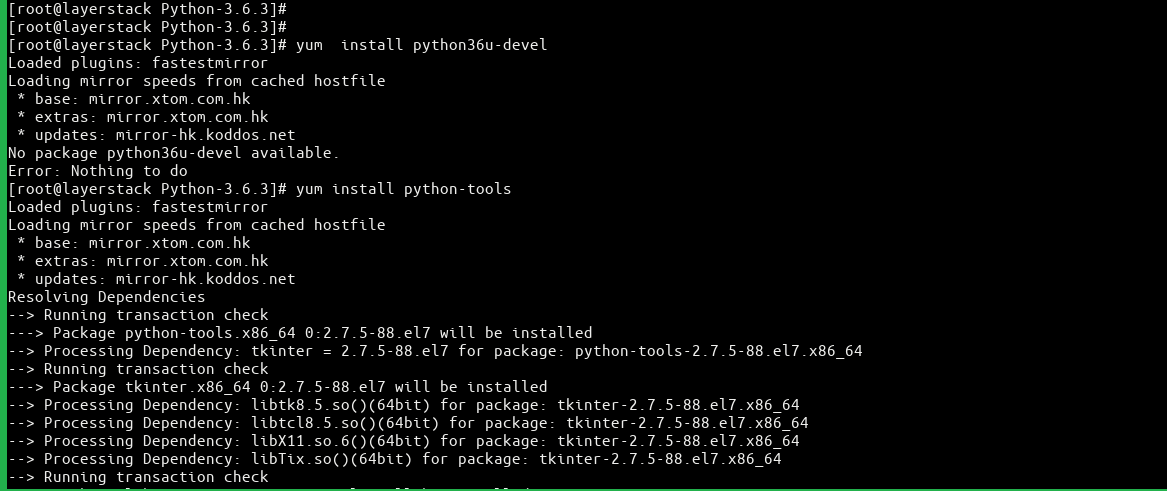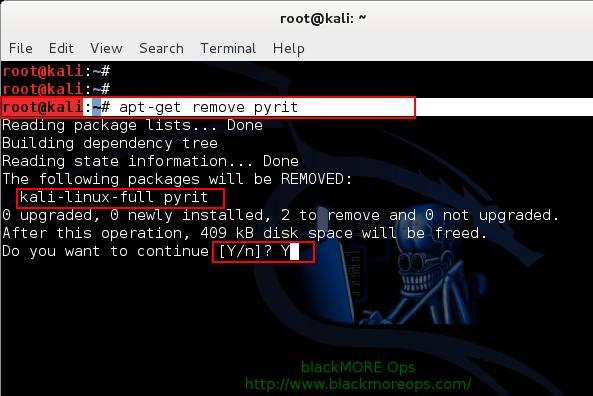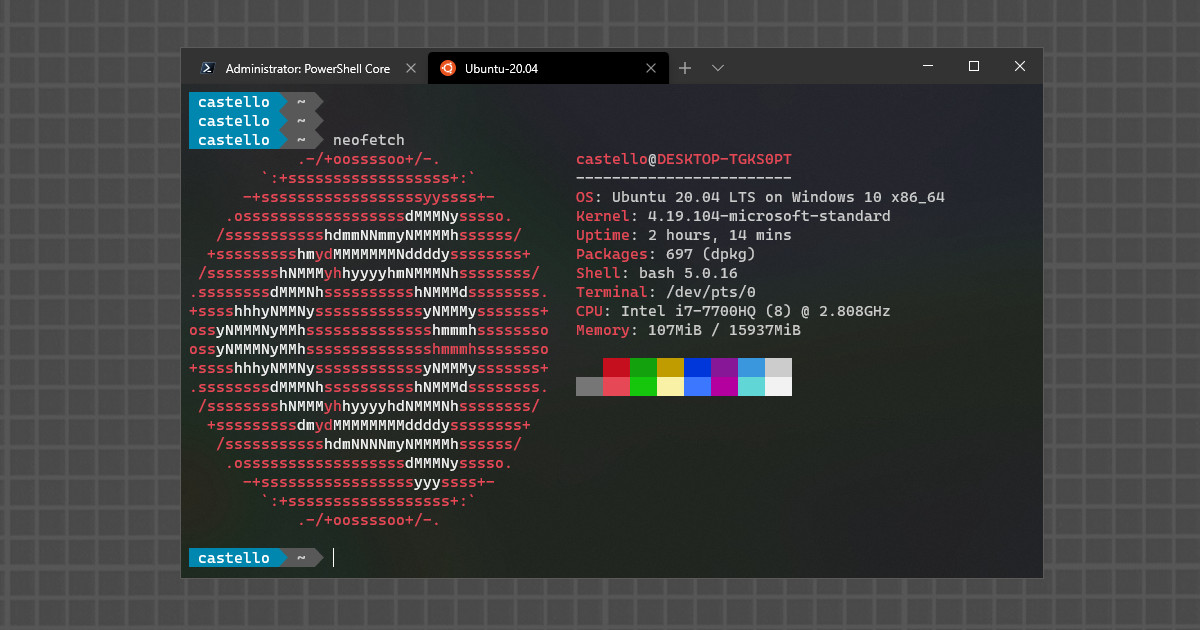
- #INSTALL PIP3 DEBIAN HOW TO#
- #INSTALL PIP3 DEBIAN INSTALL#
- #INSTALL PIP3 DEBIAN UPDATE#
- #INSTALL PIP3 DEBIAN SOFTWARE#
Let’s either choose which directory we would like to put our Python programming environments in, or create a new directory with mkdir, as in: With this installed, we are ready to create environments. While there are a few ways to achieve a programming environment in Python, we’ll be using the venv module here, which is part of the standard Python 3 library. Each environment is basically a directory or folder on your server that has a few scripts in it to make it act as an environment. You can set up as many Python programming environments as you want. This is especially important when working with third-party packages. Setting up a programming environment provides us with greater control over our Python projects and over how different versions of packages are handled. Virtual environments enable you to have an isolated space on your server for Python projects, ensuring that each of your projects can have its own set of dependencies that won’t disrupt any of your other projects. Step 2 - Setting Up a Virtual Environment

Once Python is set up, and pip and other tools are installed, we can set up a virtual environment for our development projects.
#INSTALL PIP3 DEBIAN INSTALL#

Python packages can be installed by typing:
#INSTALL PIP3 DEBIAN HOW TO#
You can learn more about modules or packages that you can install with pip by reading “ How To Import Modules in Python 3.”
#INSTALL PIP3 DEBIAN SOFTWARE#
To manage software packages for Python, let’s install pip, a tool that will install and manage programming packages we may want to use in our development projects. While this number may vary, the output will be similar to this: You’ll receive output in the terminal window that will let you know the version number. Once the process is complete, we can check the version of Python 3 that is installed in the system by typing: The -y flag will confirm that we are agreeing for all items to be installed.

#INSTALL PIP3 DEBIAN UPDATE#
To make sure that our versions are up-to-date, let’s update and upgrade the system with the apt command to work with the Advanced Packaging Tool: Step 1 - Setting Up Python 3ĭebian Linux ships with both Python 3 and Python 2 pre-installed. With your server and user set up, you are ready to begin. If you’re not already familiar with a terminal environment, you may find the article “ ( )” useful for becoming better oriented with the terminal. To learn how to achieve this setup, follow our Debian 10 initial server setup guide. In order to complete this tutorial, you should have a non-root user with sudo privileges on a Debian 10 server. Programming on a server has many advantages and supports collaboration across development projects. This tutorial will get your Debian 10 server set up with a Python 3 programming environment. Python 3 is the most current version of the language and is considered to be the future of Python.

Quick to set up with immediate feedback on errors, Python is a useful language to learn for beginners and experienced developers alike. First published in 1991 with a name inspired by the British comedy group Monty Python, the development team wanted to make Python a language that was fun to use. Python is a flexible and versatile programming language suitable for many use cases, including scripting, automation, data analysis, machine learning, and back-end development.


 0 kommentar(er)
0 kommentar(er)
